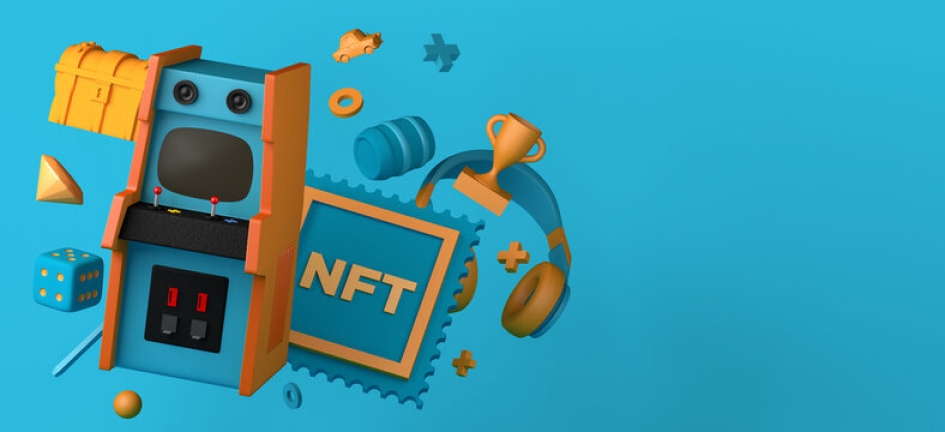Non-Fungible Tokens (NFTs) have revolutionized the digital asset landscape, enabling creators to tokenize and sell unique digital items with verifiable ownership. Custom NFT marketplaces provide a platform for artists, collectors, and enthusiasts to showcase, buy, and sell these one-of-a-kind digital assets. In this blog, we will explore the process of developing a custom NFT marketplace, highlighting key subtopics that can guide entrepreneurs and developers in creating their own thriving marketplace.
Understanding the Market and Identifying the Niche
Before diving into development, it's crucial to conduct market research and identify a specific niche or target audience for the custom NFT marketplace. Understanding the needs and preferences of artists, collectors, and users will help in designing features and functionalities that cater to their requirements. Researching existing NFT marketplaces can provide insights into the competition and help in creating a unique selling proposition for the custom marketplace.
Smart Contract Development and NFT Standards
NFT marketplaces rely on smart contracts to handle the creation, ownership, and transfer of digital assets. Developers should choose a suitable blockchain platform (such as Ethereum or Solana) and design and develop robust smart contracts that comply with established NFT standards, such as ERC-721 or ERC-1155. Implementing features like royalties, secondary sales, and fractional ownership can enhance the functionality and appeal of the marketplace.
User Experience and Interface Design
Creating an intuitive and visually appealing user interface is essential for a successful NFT marketplace. Users should be able to easily browse, search, and filter through NFT listings. Features like customizable profiles, social interactions, and messaging systems can foster engagement and community building. Designing a seamless and secure user experience, including streamlined onboarding and wallet integration, is crucial for user adoption and satisfaction.
Payment and Transaction Infrastructure
Facilitating secure and efficient transactions is a critical aspect of NFT marketplaces. Integration with reliable payment gateways, such as cryptocurrency wallets or fiat payment processors, ensures smooth and hassle-free transactions. Implementing escrow mechanisms and secure payment flows enhances trust and reduces the risk of fraud or disputes. Developers should prioritize user privacy and data protection to build confidence among marketplace participants.
Community Building and Marketing
Building a vibrant and active community around the custom NFT marketplace is essential for its growth and success. Implementing features like user profiles, activity feeds, and social sharing options can encourage users to engage with and promote the marketplace. Employing marketing strategies such as social media campaigns, influencer collaborations, and targeted advertising helps in raising awareness and attracting both creators and collectors to the platform.
Conclusion:
Developing a custom NFT marketplace requires careful planning, attention to detail, and an understanding of the needs of artists, collectors, and users. By conducting market research, designing robust smart contracts, creating an intuitive user interface, implementing secure payment infrastructure, and focusing on community building and marketing, entrepreneurs and developers can create a thriving marketplace that facilitates the buying and selling of unique digital assets. As the NFT ecosystem continues to evolve, it's important to stay updated with emerging trends and technologies to provide the best possible experience for users. By embracing creativity and innovation, custom NFT marketplaces have the potential to unlock new possibilities for digital creators and collectors alike.





Comments